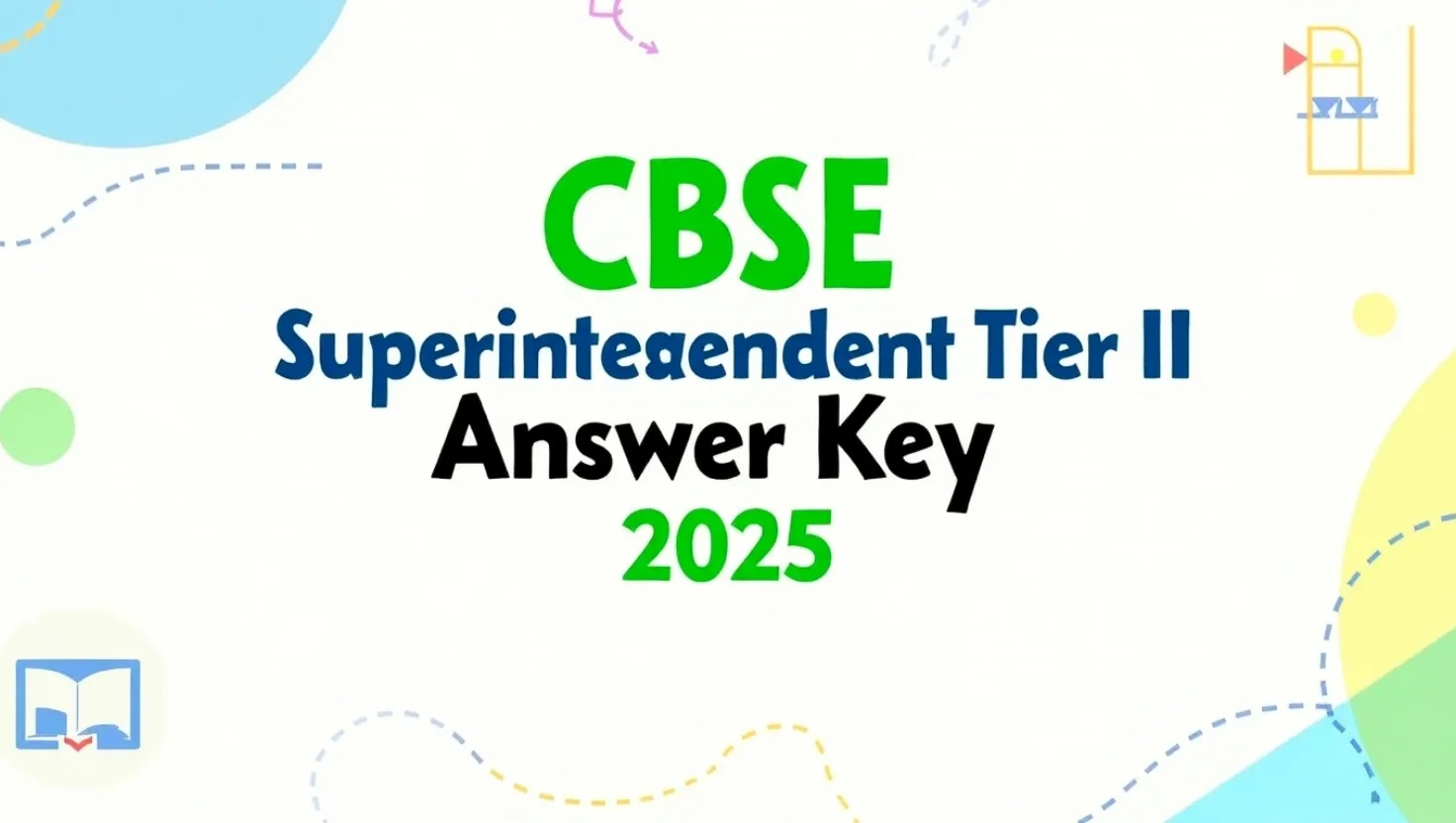The JEE Main Paper I held on 19th April 2014 was part of the online computer-based test for engineering aspirants across India. The exam was designed to evaluate students on Physics, Chemistry, and Mathematics, following the typical JEE pattern of 90 questions in total, equally divided among the three subjects. Each question was worth 4 marks, with a negative marking of 1 mark for every wrong answer. Students had 3 hours to complete the exam. This paper is especially helpful for those who are looking for real exam-level practice for upcoming JEE sessions.
I decided to write about this particular paper because it’s not just another old exam—it’s a smart revision tool. The 19th April 2014 paper had a well-balanced structure and tested students on both basic concepts and problem-solving skills. Many coaching institutes still use this paper during mock tests due to its close similarity with present-day questions. If you’re someone preparing for JEE Main, solving this paper under timed conditions can help you improve your speed, accuracy, and subject clarity. It’s also a great way to self-evaluate and figure out how close you are to your target score.
JEE Main 2014 (19th April) Paper Pattern
Before diving into subject-wise details, here’s a quick look at the structure of this paper:
- Exam Mode: Computer-Based Test (Online)
- Total Questions: 90
- Subjects Covered: Physics, Chemistry, Mathematics
- Each Subject: 30 Questions
- Marks per Question: +4 for correct answer
- Negative Marking: -1 for incorrect answer
- Maximum Marks: 360
- Duration: 3 Hours
Subject-Wise Overview
Physics
The Physics section had a mix of conceptual and numerical questions. Most of the questions were from:
- Kinetics and Laws of Motion
- Electrodynamics
- Modern Physics
- Thermodynamics
- Optics
While a few numerical questions were time-consuming, many theoretical ones were direct and could be solved with basic NCERT-level understanding.
Chemistry
Chemistry was comparatively easier and heavily NCERT-based. It included questions from all three branches:
- Organic Chemistry: Named reactions, functional group conversions
- Inorganic Chemistry: Periodic table, p-block, coordination compounds
- Physical Chemistry: Mole concept, thermochemistry, chemical equilibrium
Candidates who revised NCERT books properly found this section scoring.
Mathematics
Maths turned out to be the lengthiest and trickiest section for most students. The paper included questions from:
- Calculus: Limits, Definite Integration, Differential Equations
- Algebra: Complex Numbers, Quadratic Equations, Matrices
- Coordinate Geometry: Parabola, Circles, 3D Geometry
- Probability and Trigonometry
A few questions had slightly twisted wording, which made it important to read each question carefully before solving.
Benefits of Solving the 19th April 2014 JEE Main Paper
Here’s why this specific paper is still relevant and useful:
- Familiarises you with the online exam environment
- Improves your time management and accuracy under pressure
- Helps in identifying your subject-wise strengths and weaknesses
- Offers exposure to tricky numerical and application-based questions
- Builds confidence for attempting upcoming mock or final exams
For those preparing seriously, attempting this paper in a simulated 3-hour slot can give you a near-real experience of the actual JEE Main exam.
Download PDF
You can download the full JEE Main 2014 (19th April) Paper I along with the answer key using the link below:
Click here to download JEE Main 2014 Paper I (19th April) PDF with Solutions
(This link will be updated when the official file is added)



















